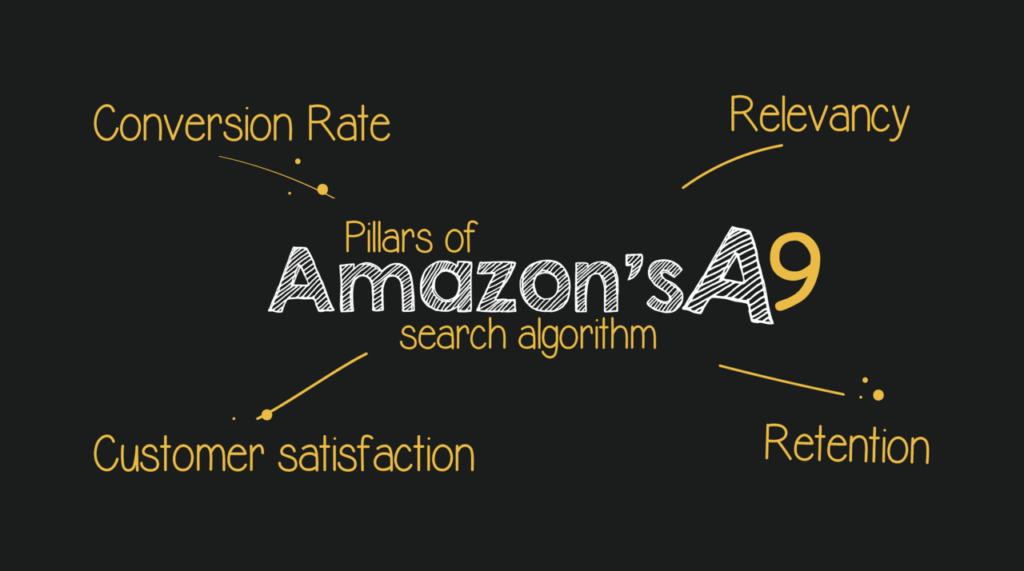
Sales rank, or BSR (Best Sellers Rank) is one of the most important numbers when you’re an FBA seller. It shows where your product stands in the competitive universe, and obviously, you want it to be number one.
Every product gets a ranking for its sub-category. Sometimes, it won’t get a ranking for the main category. For instance, a Dutch oven might be ranked in its sub-category Dutch ovens and in cookware, but headphones may only be ranked in the sub-category and not in the top-level category electronics.
You’ll need an initial sales push to get a sales rank at all, so preparing every product launch is crucial. Get your social media outlets, influencers, and advertising lined up so that you start day one with customers ready to buy. If product launch isn’t your thing, “make it so”. Get a good book on Amazon product launching, get a mentor, get a freelance, but don’t fluff your best opportunity to get your product into orbit.
Now let’s look at how Amazon calculates your sales ranking. It’s a bit of a black art working it out, as the algorithm isn’t made public, but we do know a few things about it. One interesting factor is that BSR depends on the number of sales you make, not the number of units you sell. If you get an order of 5 units from the same person at the same time, it won’t deliver as much in sales rank as five separate single-unit orders.
Another factor is time. For instance, sales velocity counts. If you are increasing your sales rapidly, your sales rank will improve. Recent sales count more than older sales. So you can’t rest on your laurels; if you decide to cut your advertising budget and social media effort and let your product coast for a while, it could show quite quickly in your sales rank.
Consistency of sales also counts. A short term spike will have an impact, but that impact will rapidly fade away unless sales continue.
However, a drop in sales on a single day, even if your sales drop by more than half, won’t result in a dramatic drop in your sales rank. If your sales are back to normal within a couple of days, you shouldn’t lose your ranking. But remember, Amazon is always updating; maybe not quite in real time, but at least every few hours for the top products in a category. (The further down the rankings a product lies, the less frequently its BSR is updated.)
In terms of product selection, BSR can be a big help because it shows how strong the demand is for a particular product. If you’re looking for a personal care product and you see that blended sets of aromatherapy oils are well ranked (in the top 5,000 or 3,000 products), then that shows you have found a product with strong and steady demand. On the other hand if you see that, say, lavender scented soaps are ranked at 15,000 or so, that indicates slow sales – so unless you already have other lavender products and want to add it to the portfolio, it’s probably not a great product to take on.
Watch out for seasonality, which can influence the rankings. Ideally, assess the rankings at different times of year. Otherwise you might end up with a plastic pumpkin; fantastic sales up to Halloween, but with a sales ranking that drops rapidly after November 1st!
Obviously a good sales ranking is desirable. But should you try to affect it? Probably not.
You’re better off driving your sales through advertising, social media, and getting good reviews. That will, in the end, pay off in a better sales ranking. In fact if you do it right, it should pay off quite quickly.
And you can also increase your sales by boosting your organic keyword ranking. We’ll talk about that in next week’s blog.
